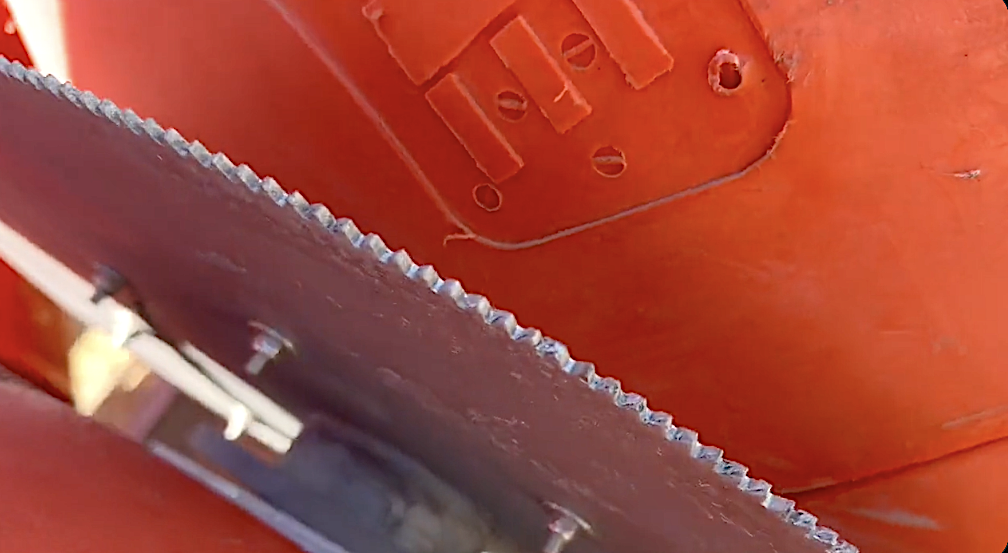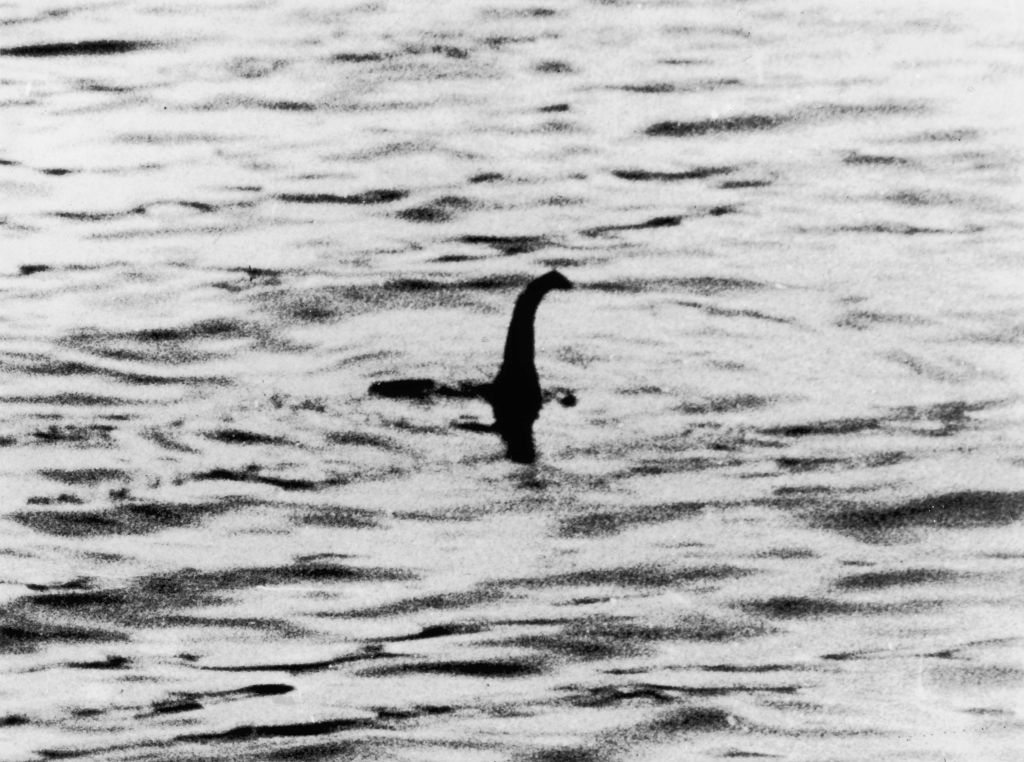Innovative nerve surgery reverses hand and arm paralysis


Using a new type of nerve transfer surgery, an Australian surgeon has been able to restore the hand and arm movement in 13 adult patients who were paralyzed in sports and traffic accidents.
Now that the patients are able to use their hands and extend their arms from the elbow, they can feed themselves and write, surgeon Natasha van Zyl told The Guardian. "Extending your elbow allows you to push a wheelchair better, helps you to transfer in and out of a car, reach out and do something in space in front of you, shake someone's hand," she said.
Van Zyl wrote about her research in the medical journal The Lancet, explaining that her team originally started with 16 patients, before two decided against the nerve transfer and a third died from an unrelated matter. Ten of the patients had nerve transfers in one arm and tendon transplants in the other, and four nerve transplants in three patients failed, with the tendon transplants then the back-up option. One patient, Paul Robinson, told The Guardian the surgery is "really a life-changing thing."
The Week
Escape your echo chamber. Get the facts behind the news, plus analysis from multiple perspectives.

Sign up for The Week's Free Newsletters
From our morning news briefing to a weekly Good News Newsletter, get the best of The Week delivered directly to your inbox.
From our morning news briefing to a weekly Good News Newsletter, get the best of The Week delivered directly to your inbox.
The surgery involves removing a working donor nerve from the shoulder, which is used to bypass the damaged section of nerve. It is connected back up to the spinal cord, restoring signals to the muscle that straightens the elbow. Prior to this, nerve transfers had not been successful in spinal cord injuries, van Zyl told The Guardian, and she decided to try her method on paralyzed patients after seeing it work on people whose neck and shoulder nerves had been pulled out of the spinal cord. Her team has since performed 160 nerve transfers.
A free daily email with the biggest news stories of the day – and the best features from TheWeek.com
Catherine Garcia has worked as a senior writer at The Week since 2014. Her writing and reporting have appeared in Entertainment Weekly, The New York Times, Wirecutter, NBC News and "The Book of Jezebel," among others. She's a graduate of the University of Redlands and the Columbia University Graduate School of Journalism.
-
 Nobody seems surprised Wagner's Prigozhin died under suspicious circumstances
Nobody seems surprised Wagner's Prigozhin died under suspicious circumstancesSpeed Read
-
 Western mountain climbers allegedly left Pakistani porter to die on K2
Western mountain climbers allegedly left Pakistani porter to die on K2Speed Read
-
 'Circular saw blades' divide controversial Rio Grande buoys installed by Texas governor
'Circular saw blades' divide controversial Rio Grande buoys installed by Texas governorSpeed Read
-
 Los Angeles city workers stage 1-day walkout over labor conditions
Los Angeles city workers stage 1-day walkout over labor conditionsSpeed Read
-
 Mega Millions jackpot climbs to an estimated $1.55 billion
Mega Millions jackpot climbs to an estimated $1.55 billionSpeed Read
-
 Bangladesh dealing with worst dengue fever outbreak on record
Bangladesh dealing with worst dengue fever outbreak on recordSpeed Read
-
 Glacial outburst flooding in Juneau destroys homes
Glacial outburst flooding in Juneau destroys homesSpeed Read
-
 Scotland seeking 'monster hunters' to search for fabled Loch Ness creature
Scotland seeking 'monster hunters' to search for fabled Loch Ness creatureSpeed Read


